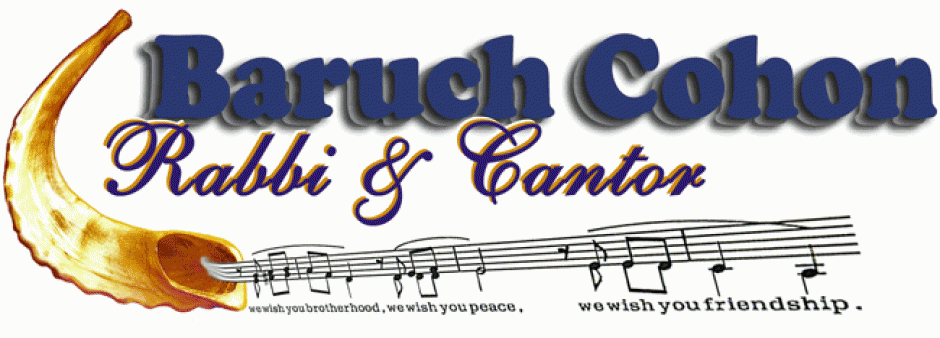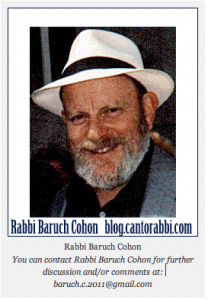RE-READ, REPEAT, RETAIN – DEUT. 31 – VAYELECH By Rabbi Baruch Cohon
In this week’s short reading, we can find the precedent for a familiar custom. That custom is the regular public reading of the Torah in synagogue services. A look at the history of the familiar experience shows its value.
Our Sedrah tells us that “Moses wrote this Law, and delivered it to the priests, to the Levites who carried the Ark of G-d’s covenant [that held the Law], and to the elders of Israel.” Then he commands them to read it to the people. This initial commanded reading was to take place every seven years — yes, that’s years, not days. On the Succos holiday of the Sabbatical year, when “all Israel will assemble in G-d’s chosen place, you will read this Torah in the ears of all Israel.” A dramatic event to charge the members of a nation with their heritage, their responsibilities, their duties to G-d and to each other.
We might well wonder if and how this order could be carried out. No p.a. system, of course, so it would take a good many Cohanim with an equal number of Torah scrolls to instruct many groups of people. Did they listen? How long did it take? Could all those Torah readers hold their audience?
No historical record answers all those questions. The Hertz commentary quotes Josephus who says the High Priest did the reading. Rabbinic tradition specifies that it was the king who read, and he did not read all the Five Books. He read a section of Deuteronomy that reviewed the history of the receiving the Laws, what those laws call for and their Divine origin. The Ten Commandments and the Shema both come into this section, so we might all call it a short course in Basic Judaism. Every seven years.
By the early Rabbinic period, it was evident that the short course was not enough. The rabbis developed a system to make the entire Torah available to the people. They divided it into 156 short portions, to be read with translation in the spoken vernacular – one portion every week. The total reading would take three years. Interestingly enough, some modern congregations follow a similar plan today. Since tradition calls for member to have Aliyot – honors go up and bless the Torah when their section is read – each honoree (or a spouse) can then read that section in English. The three-year calendar, however, is not the same. More about that later.
As the Talmudic academies in Babylonia grew increasingly productive and influential, they decided that three years was too long to spend on one reading of the Torah, so they divided the text into just 54 portions, enough to cover in one year. And of course, that is the system we still use. Since the Jewish calendar sometimes has a leap year with thirteen months, all those 54 portions get read, and on non-leap years we get some “double headers” — two Parashiot on one Shabat. Usually, the rabbi will find text in that reading to talk about. Like these Divrey Torah you are reading. While Orthodox congregations read the entire section every week, less traditional services tend to abbreviate the reading. If they are careful, they can still read the full Torah in two or three years — even when the translation is included.
So why is all this so important? Does reading — or chanting — ancient hebrew from a handwritten scroll constitute a sacred act? Are we really expected to understand it, even if we have a printed text to follow?
Certainly, when we study our sacred literature, we use a printed book with vowels in the Hebrew, supported by commentators developed by scholars over centuries, and translated by experts. And some of those printed books are usually available in the synagogue for you and me to follow during the reading. But there’s more to this experience than studying. Synagogue practice includes more than one activity. Four in fact. Prayer, obviously is one. Celebration and mourning are two more. And the fourth is learning. Judaism does not require us to do things just because our parents did. We hope our parents did good things, but we have to mould our lives on principles that include more than copying our elders. We acquire those principles by learning the Torah. Yes, one of the Torah’s basic commandments says “Honor your father and your mother” – and there are nine more commandments that go with it. What we learn in Shul give meaning to our participation in Jewish life, and in the world arounds us.
We re-read and repeat those ancient words week after week and year after year. New experiences can give those words added value. Let’s try to re-read them thoughtfully, to repeat them gladly, and to retain them as our personal guide.


